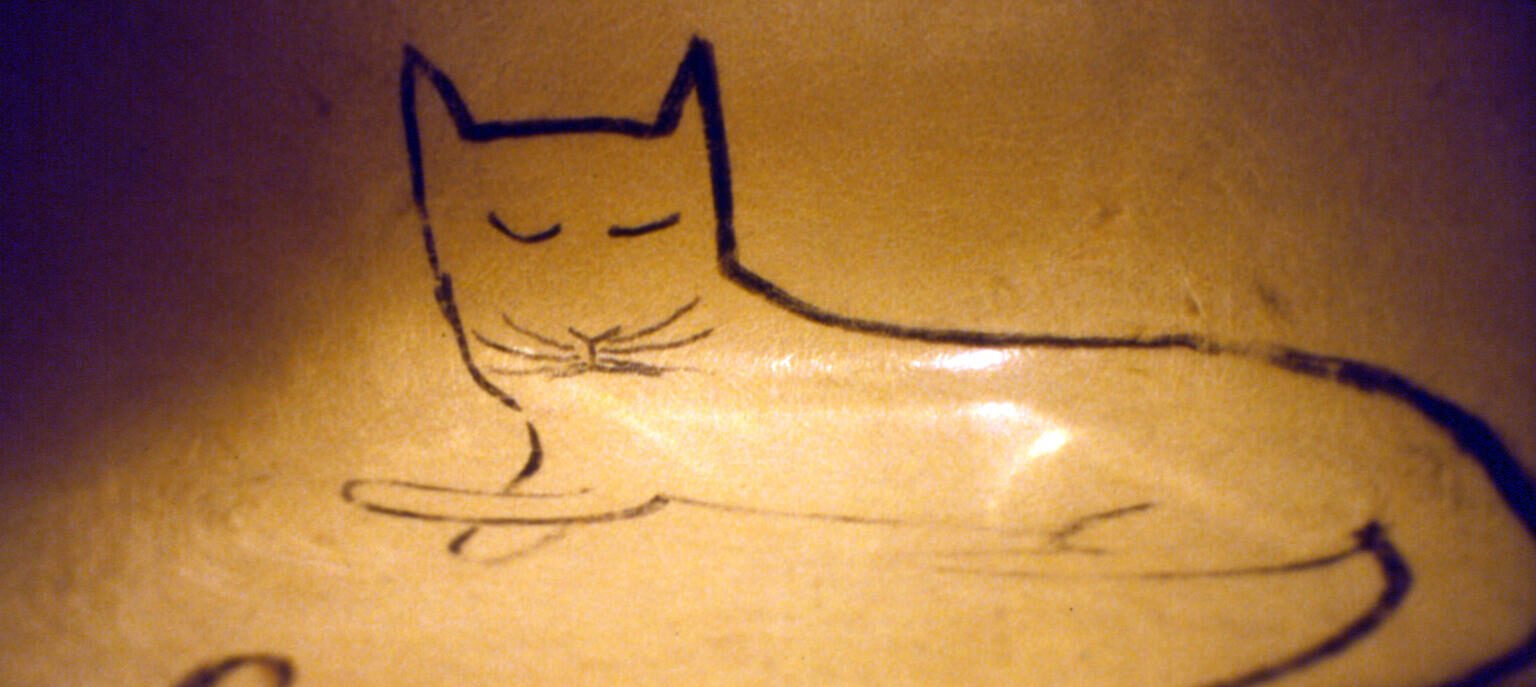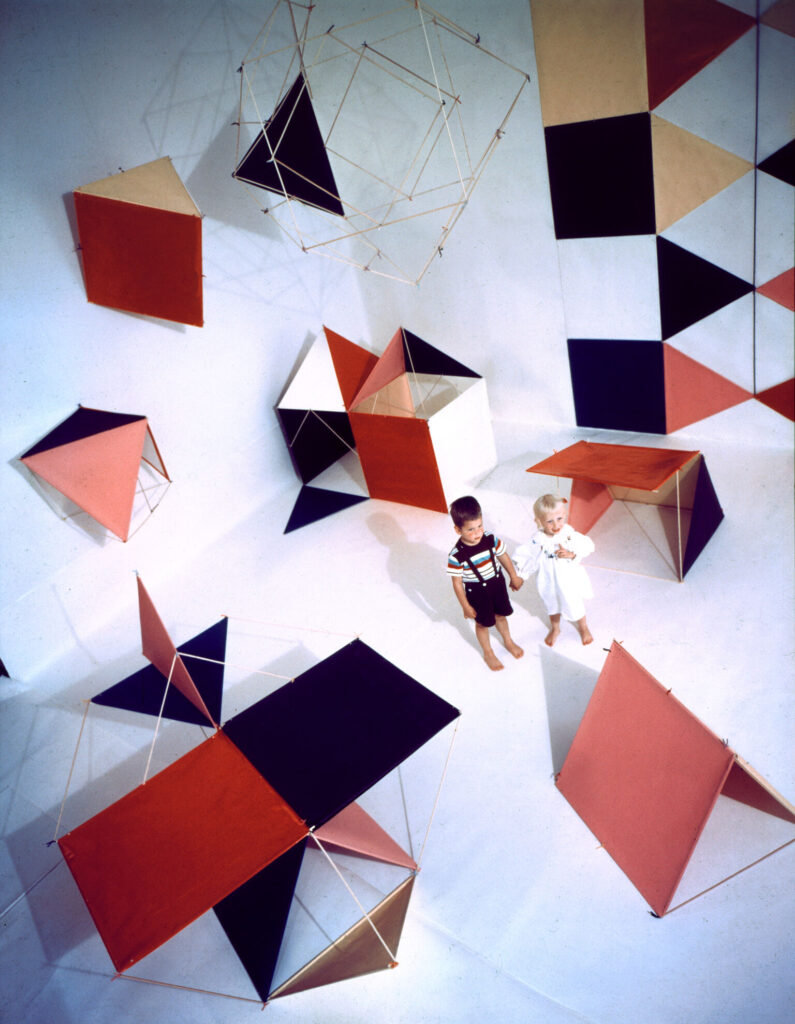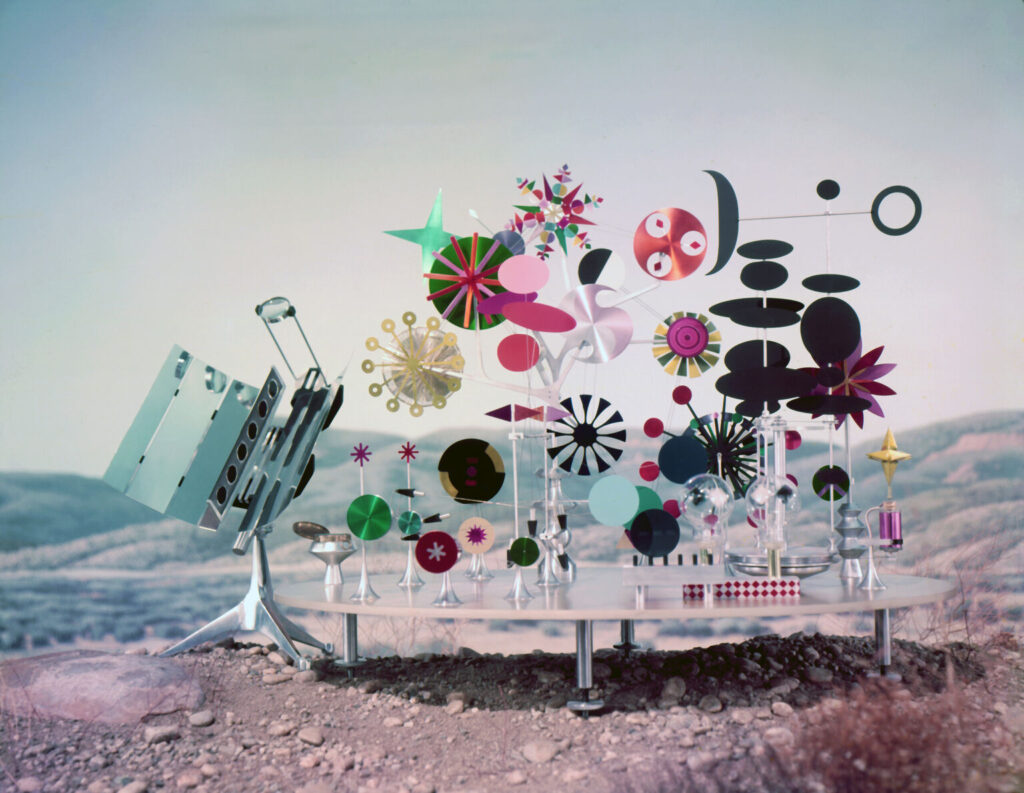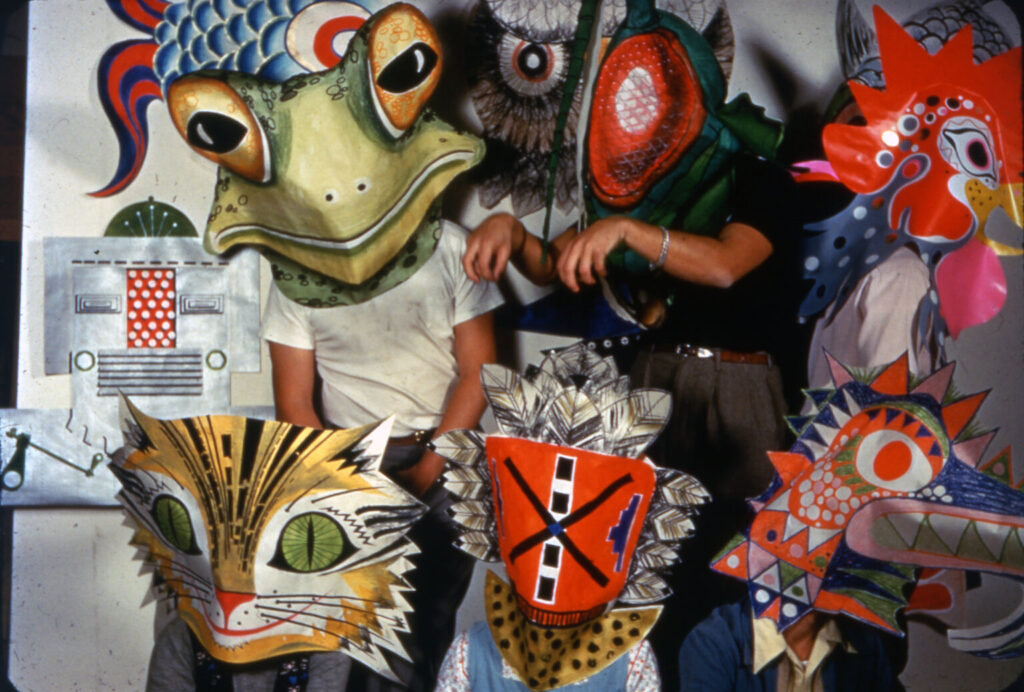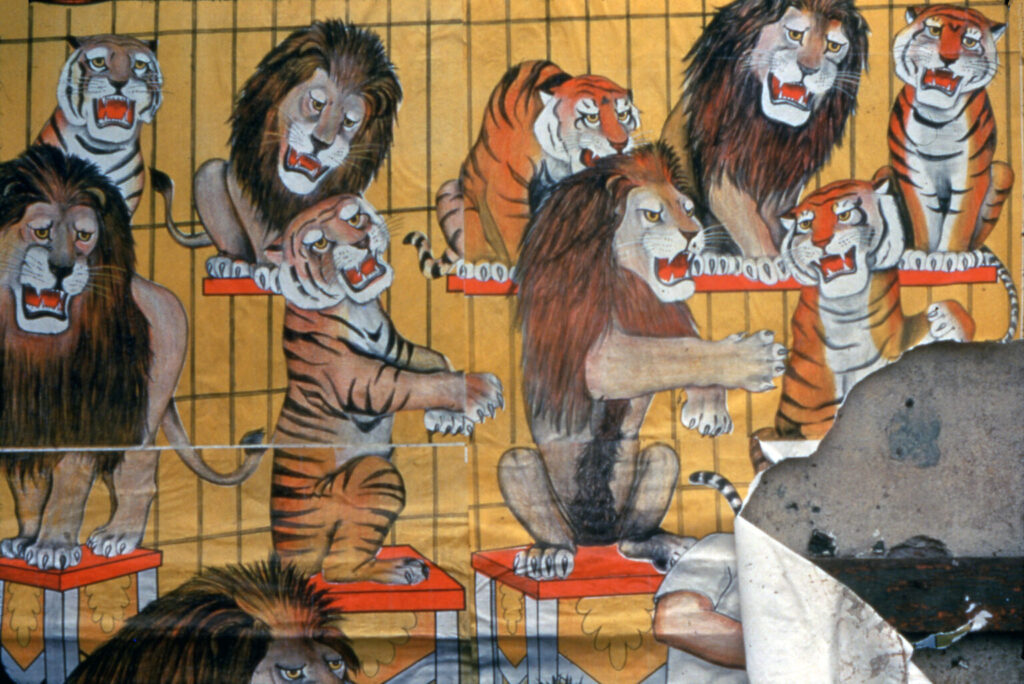“Dear Amigos,” wrote artist Saul Steinberg on his New Yorker notepad to Charles and Ray Eames in October 1950. “I’m glad you [sic] going to be here soon. . . Bring your shriner outfit and we’ll all parade to Del Pezzo.” This particular sentence captures the spirit of the friendship between Saul, his wife Hedda Sterne, and the Eameses and gives a glimpse into how travel, illustration, costuming, parades, and the circus weaved throughout their lives.
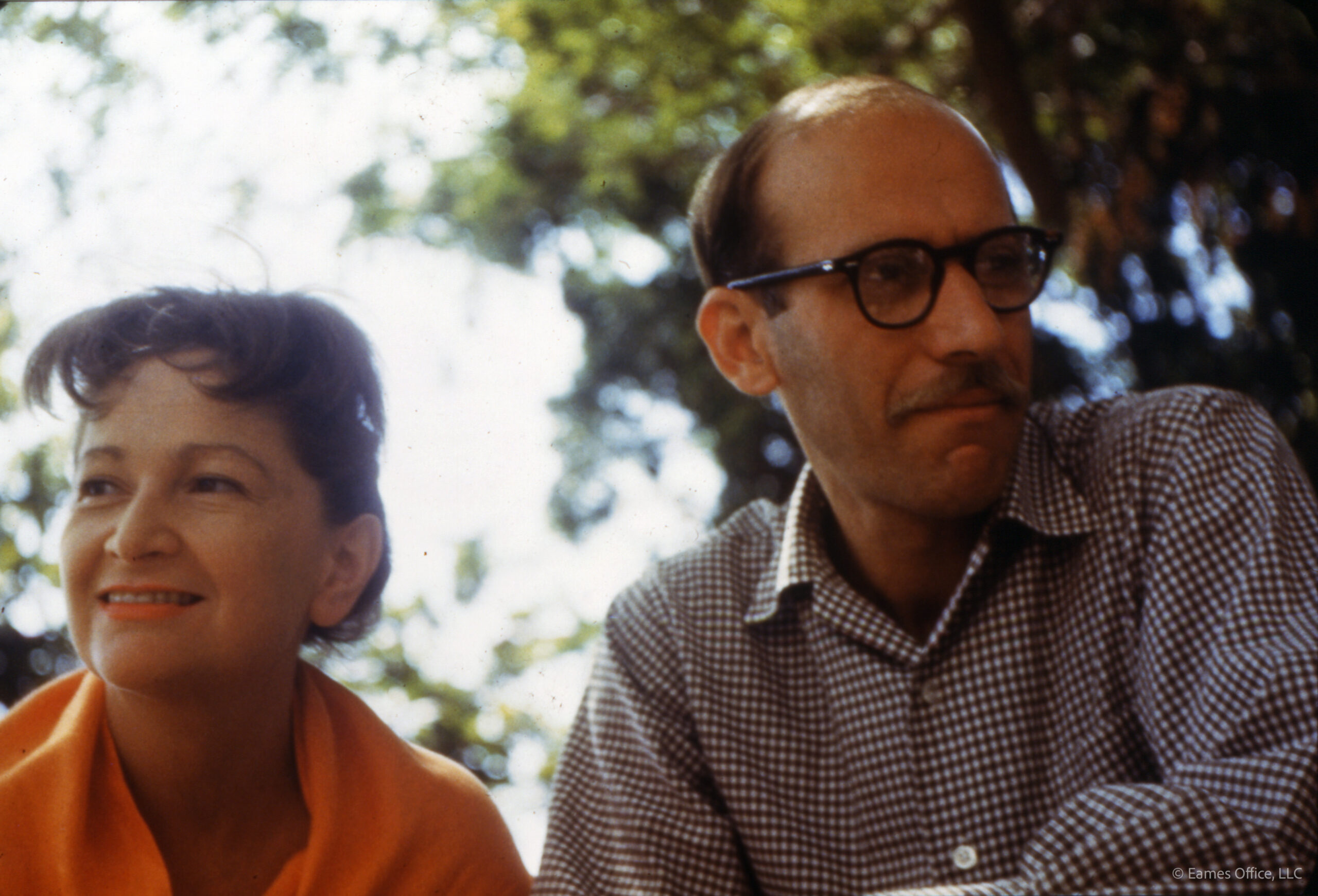
In 1948, Charles and Ray Eames befriended Bill Ballantine, an illustrator and writer who experienced such a draw to the circus that he joined the Ringling Brothers as a clown. The same year, Charles brought a 4×5 Linhof camera to one of these Barnum & Bailey Circus performances and amassed a collection of hundreds of photographs of what caught his attention. Charles and Ray produced a slideshow, Circus, from these images, and later a film of clowns readying themselves, called Clown Face, to serve as a training video for Ringling Bros. Shortly after, Ballantine became the head of “The Clown College” with the Ringling Bros. and Barnum & Bailey Circus and extended an honorary membership to Charles. Clearly, the circus was omnipresent in the lives of the Eameses, and seeing Steinberg’s cartoonish drawings evokes a similar feeling.
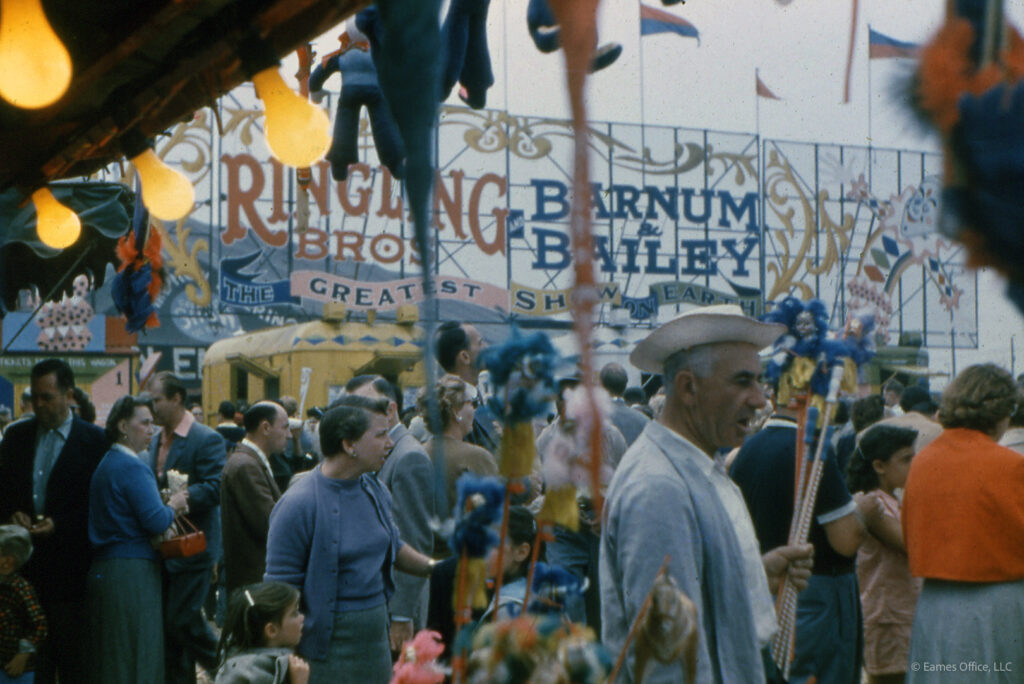
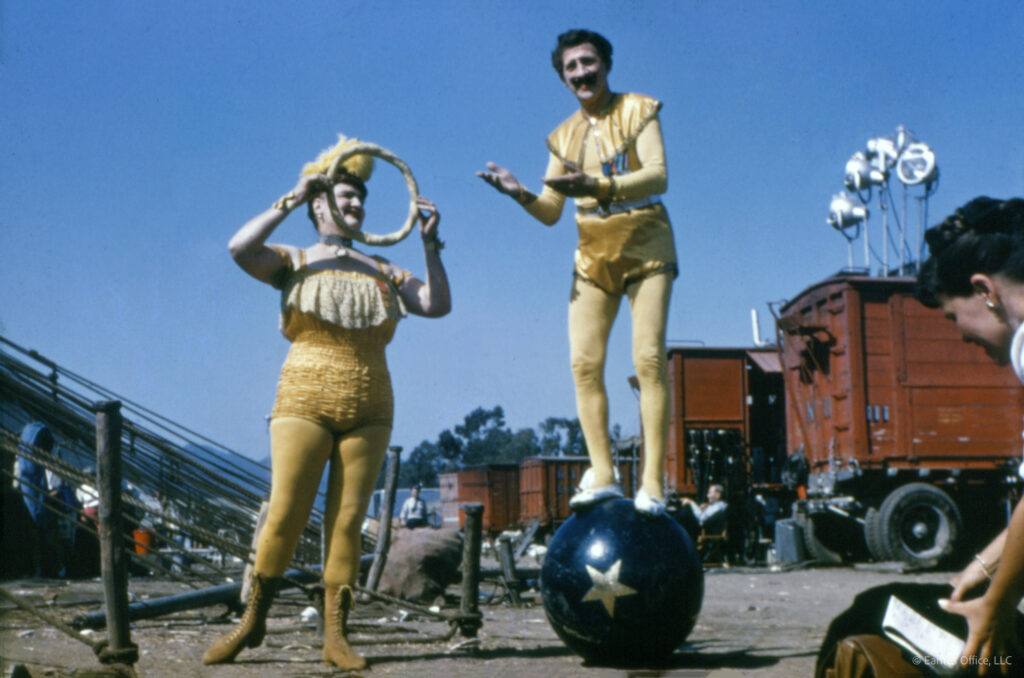
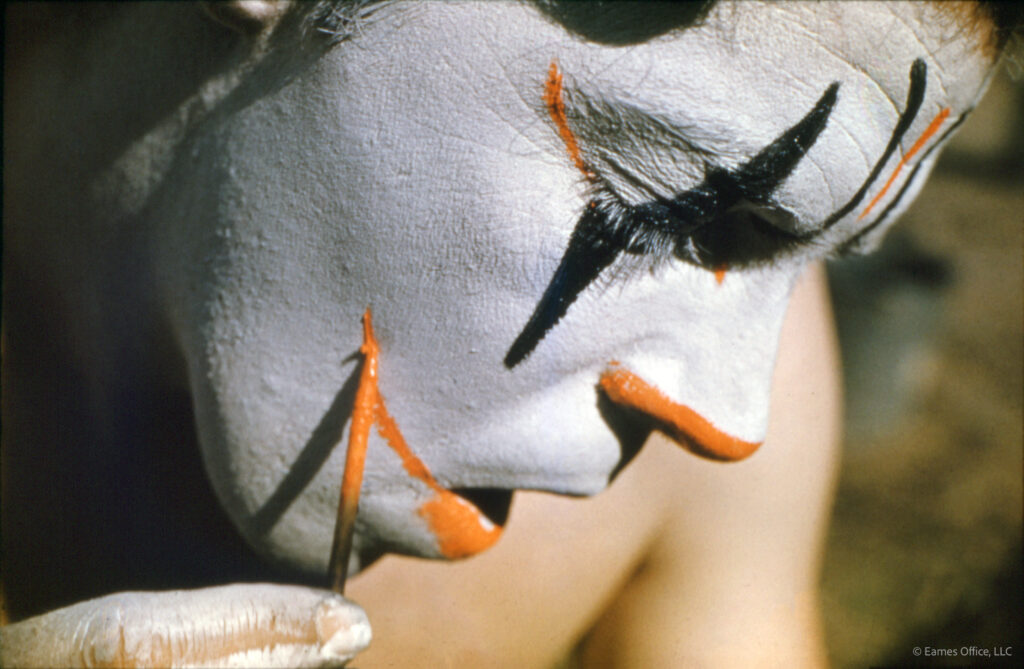
Two years after photographing the circus, the Eameses were acquainted with Saul Steinberg by letter (thanks to an introduction by Bernard Rudofsky, who Steinberg claimed spoke “with much warmth” of Charles and Ray). Their correspondence began in a formal-like tone. A letter dated March 8th, 1950 addresses the usual “Charlie” as “Mr. Eames,” however, as spring continued, the writings showed them pacing toward a close friendship. In May the Eameses sent their new friend two recently-designed Eames Storage Units (ESU) alongside a detailed letter mentioning Steinberg’s impending visit to southern California.
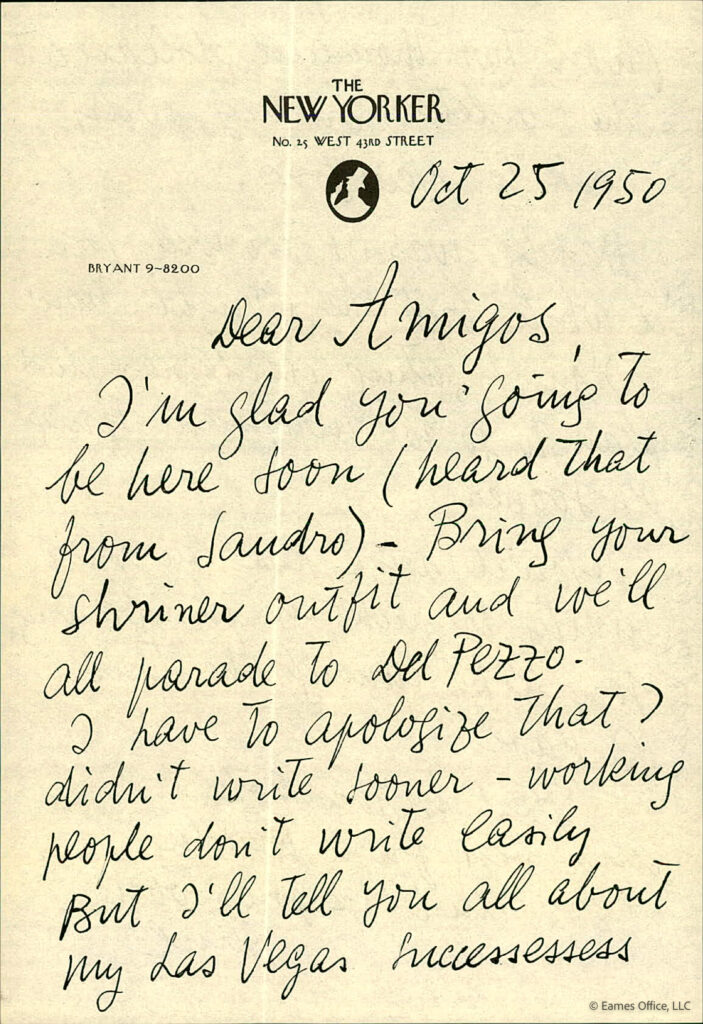
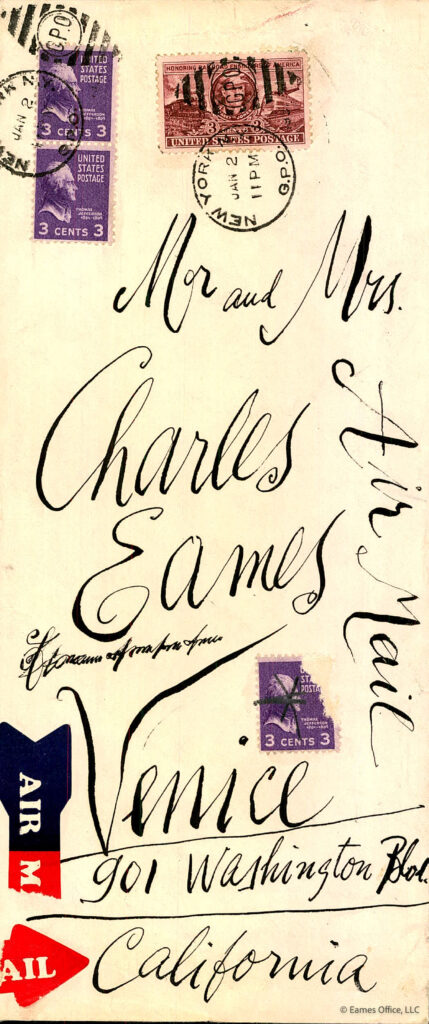
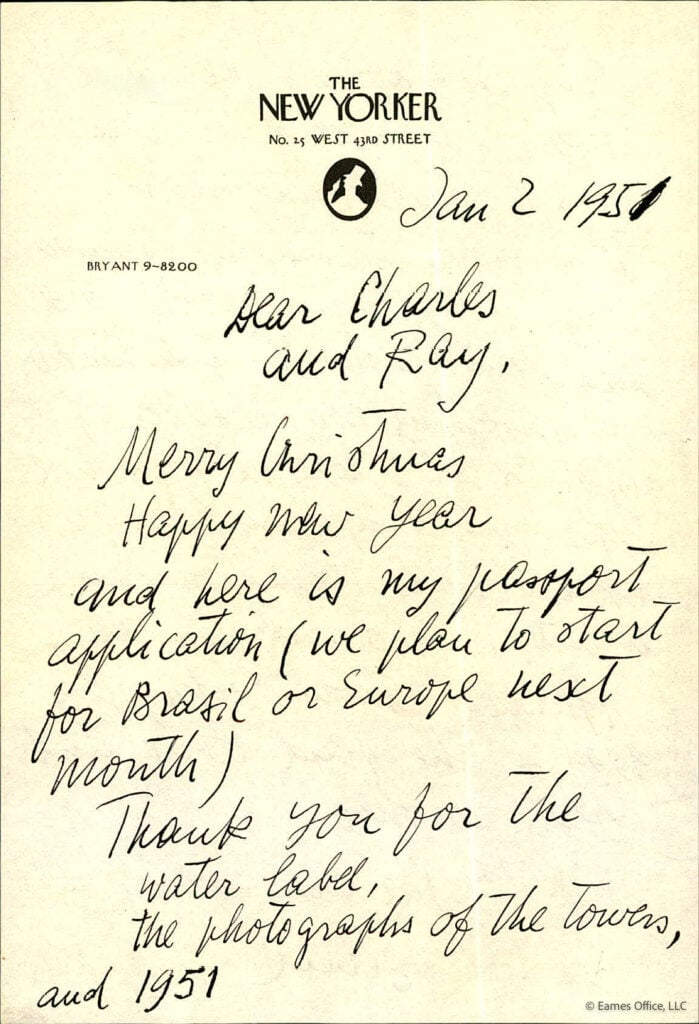
Saul and Hedda’s first visit to the Eames Office at 901 Washington Boulevard in Venice, California, became a staple in Eames history. Charles and Ray often equated showing the Office to others as a circus act. They steered visitors purposefully through certain areas of the workspace with the airy appearance of spontaneity. “Everything in the circus is pushing the possible beyond the limit,” said Charles, “yet, within this apparent freewheeling license, we find a discipline which is almost unbelievable.” The industrious walls of the Eames Office enclosed a circus-like workspace—a playful menagerie filled with exhibition signage, furniture prototypes, desks, vintage toys, research library, film screening room, a “pet” octopus, and flexible walls—glued together with a work ethic of tightrope-walking precision. The Eameses had to have planned quite the showcase for Saul and Hedda as they guided the couple through the 20,000-square-foot workspace.
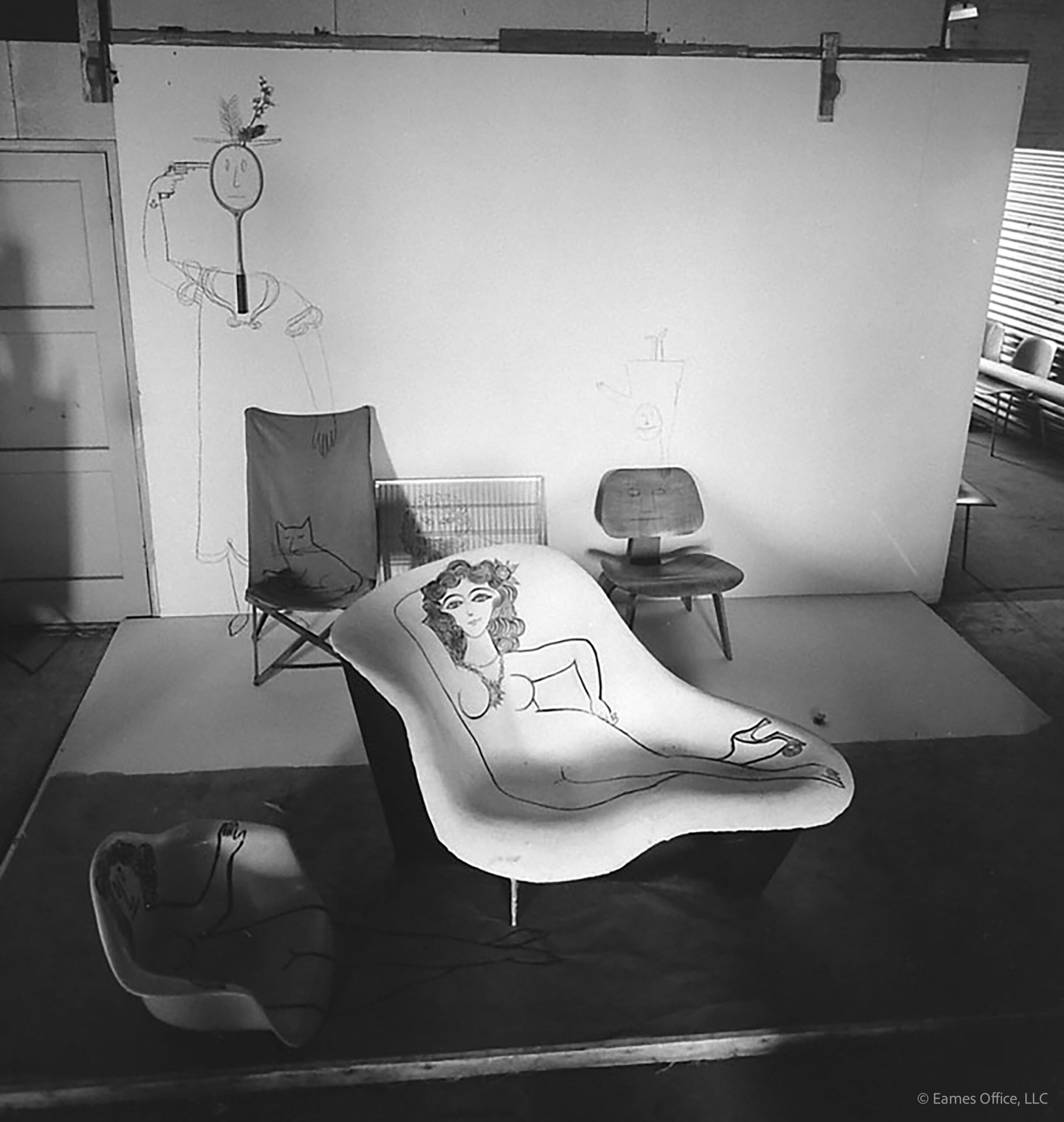
While at 901, Steinberg took a thick black line of ink to Eames designs like La Chaise, a fiberglass Armchair, and a molded plywood chair—marking them permanently with a bizarre cast of characters. When photographed together in a recognizable area of the Eames Office, the pieces are preposterous and begin stretching the limits of reality. It’s nearly a scene from a circus featuring miniature performances. A grim-faced character with a pistol to his head is painted next to an acrobatic figure who is balancing on one arm atop an LCW with another unenthused face painted onto it. One watches the caged lion in hopes that he stays tame while a nearby feline appears non-stressed and curled into a cloth chair. This combination of chairs and wall drawings offers the opportunity for an array of narratives. Steinberg painted a third cat onto an Eames fiberglass Armchair; it was not photographed with the others, but it became the most recognized of them all.
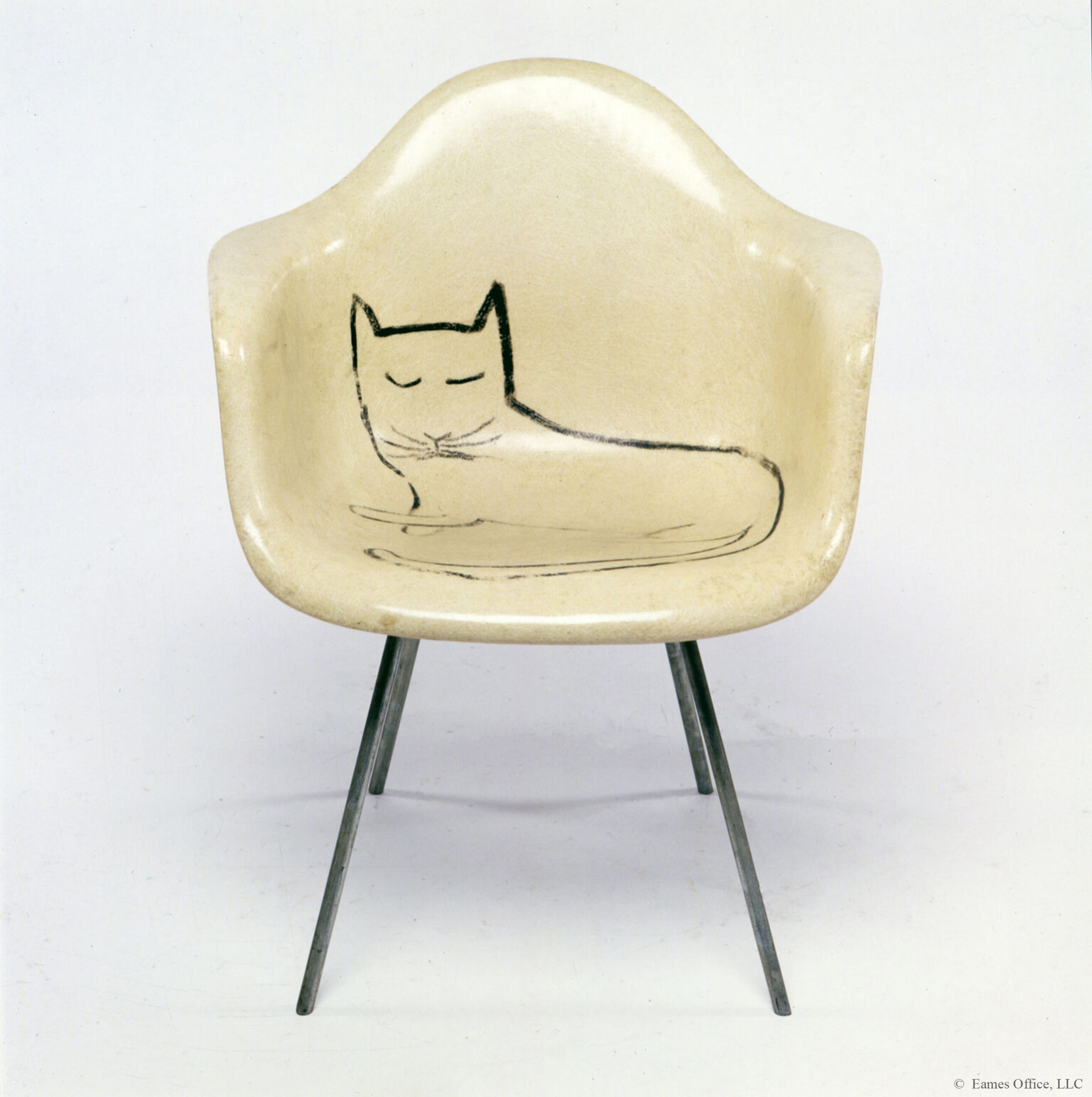
The foursome also found themselves busy with a collaborative activity while at 901: projecting a portrait of Hedda painted by Steinberg onto the faces of both Hedda and Ray. Looking at these photographs with the circus in mind, the face projections feel reminiscent of carnival face painting.
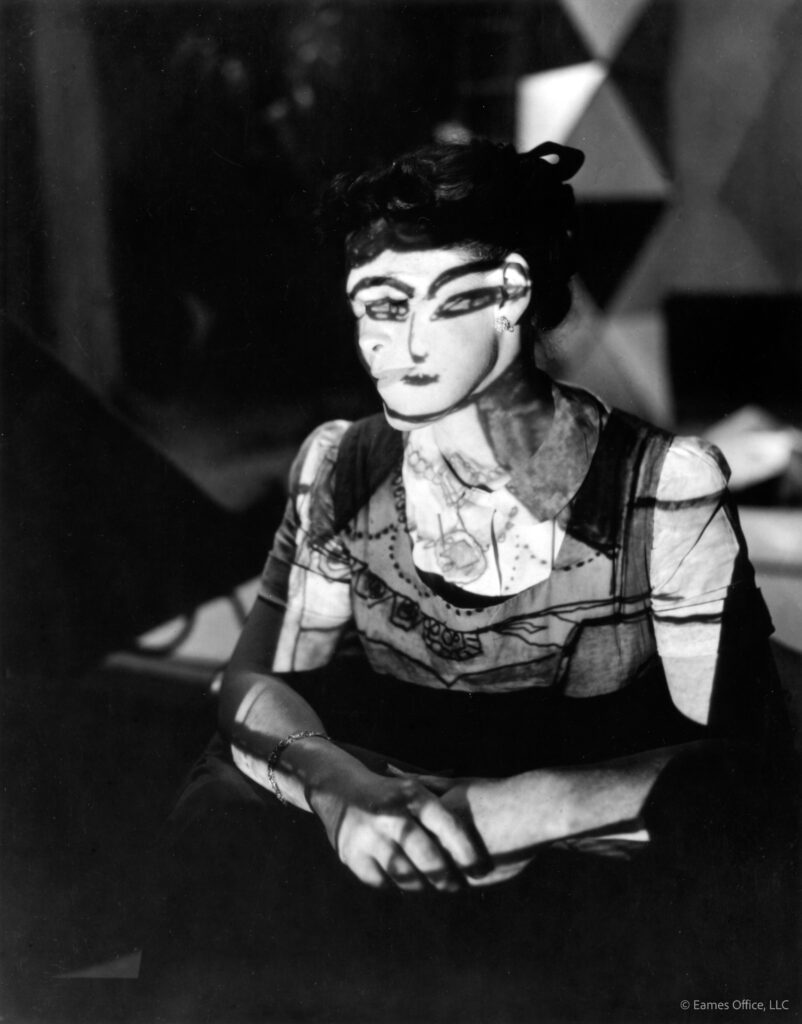
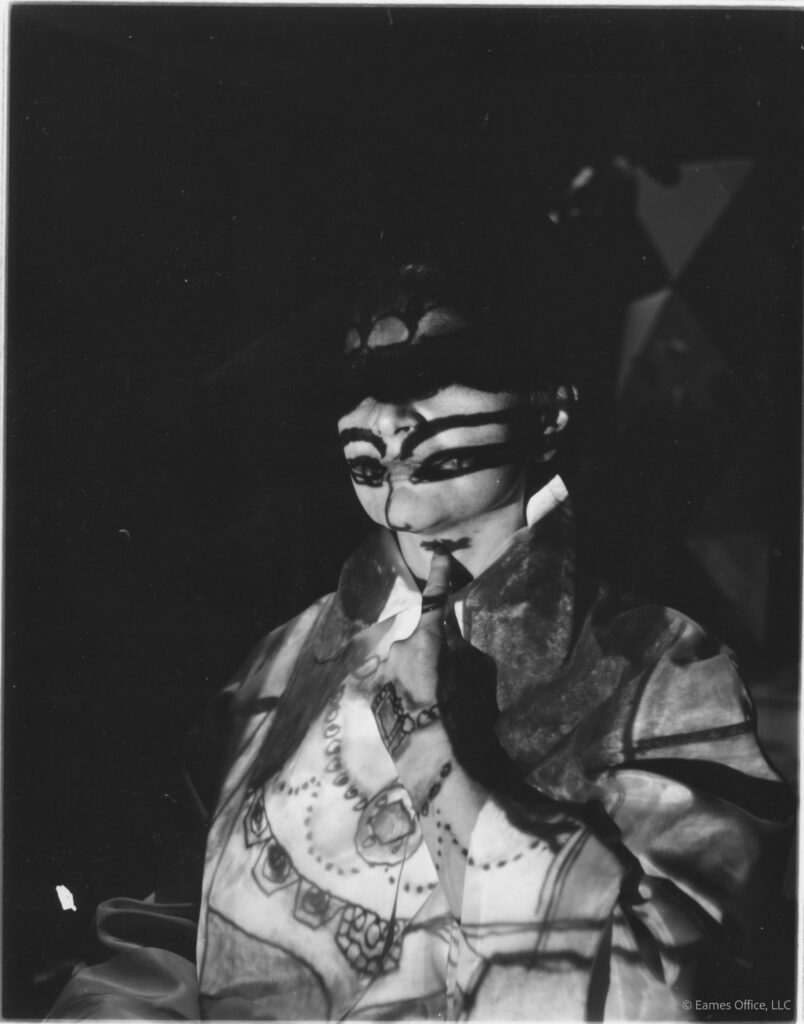
Also during this time, and similar to Ballantine appointing Charles as the honorary member of Clown College, Steinberg created a faux university diploma for Charles after hearing that a college asked for proof of educational qualifications before he was permitted to give a lecture. Charles never finished the architecture program at Washington University in St. Louis two decades prior, so Steinberg’s illegible scribbles and false stampings granted him the honors of a degree.
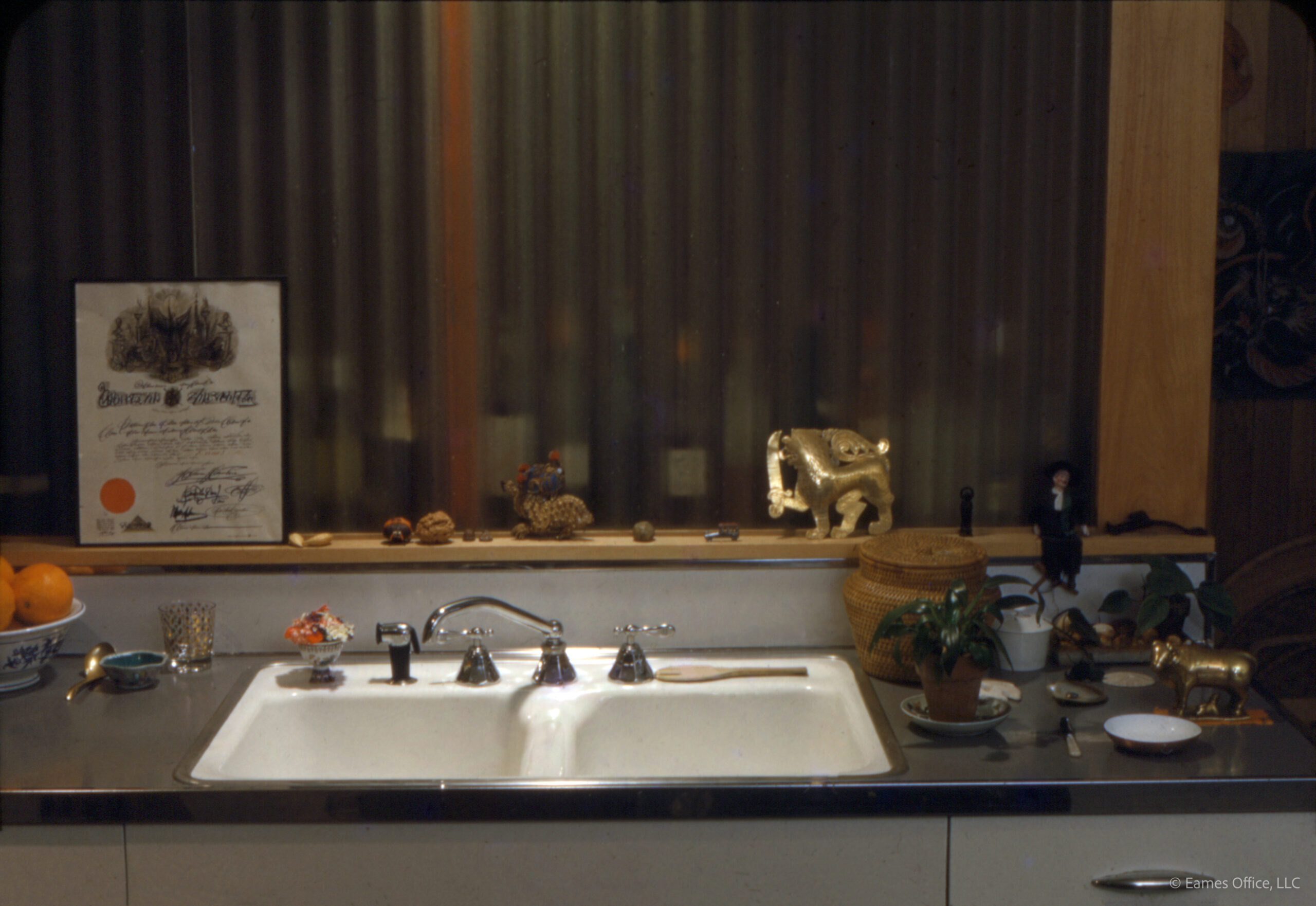
After the visit to the Eames Office, a letter from Saul to Charles and Ray appears more casual than the others. The year 1950 is scrubbed and changed to 1951—the very human act of forgetting to write the new year correctly during the first week of January. He mentions his passport application and hopes of traveling to Brazil or Europe. He says he is beginning a new project where he illustrates contemporary pieces of art in various scenarios. Imagine, he says, a Calder mobile falling on guests at a party. Hedda sends along her best wishes. In a similar style to the false university degree, the passport application mentioned in this particular letter was another falsified act of play. Its calligraphic words are complete gibberish, and the photograph shows an abstracted figure whose form and facial features appear crumpled, almost as if made from a brown paper bag.
Playing along with the ruse, Charles and Ray responded six days later: “Have received application for passport, and will hold it until it is thoroughly checked and verified. This may take years.” They noted that he didn’t look so well in the portrait and he should revisit Los Angeles to get some “California-whatever-it-is that’s in the air.” The letter transitions into a proposal for a film using one of Steinberg’s drawings, an idea that had been “really haunting” Charles.
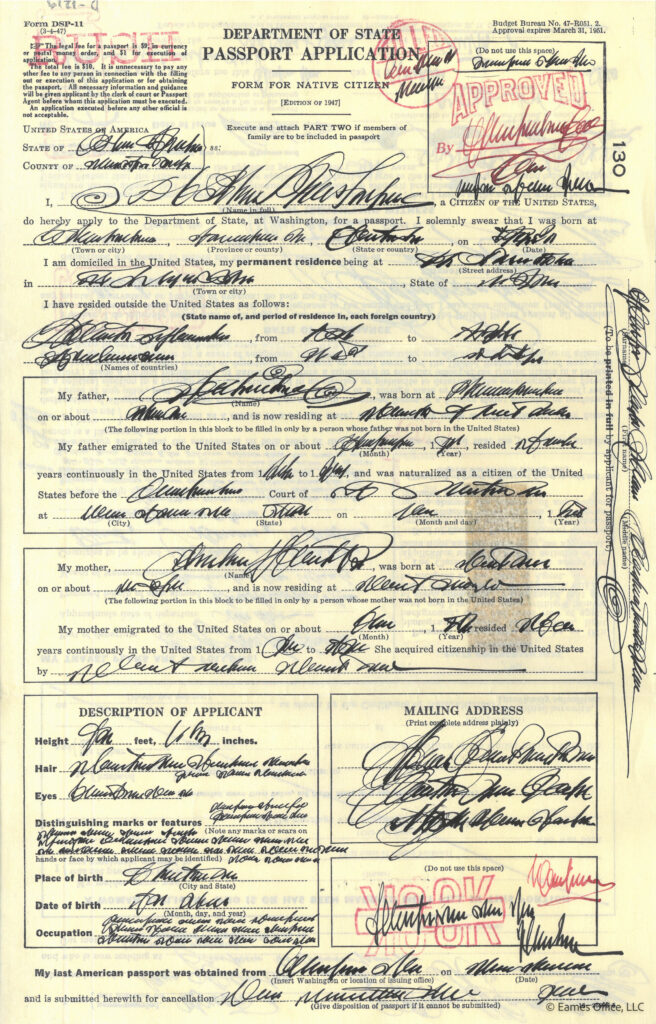
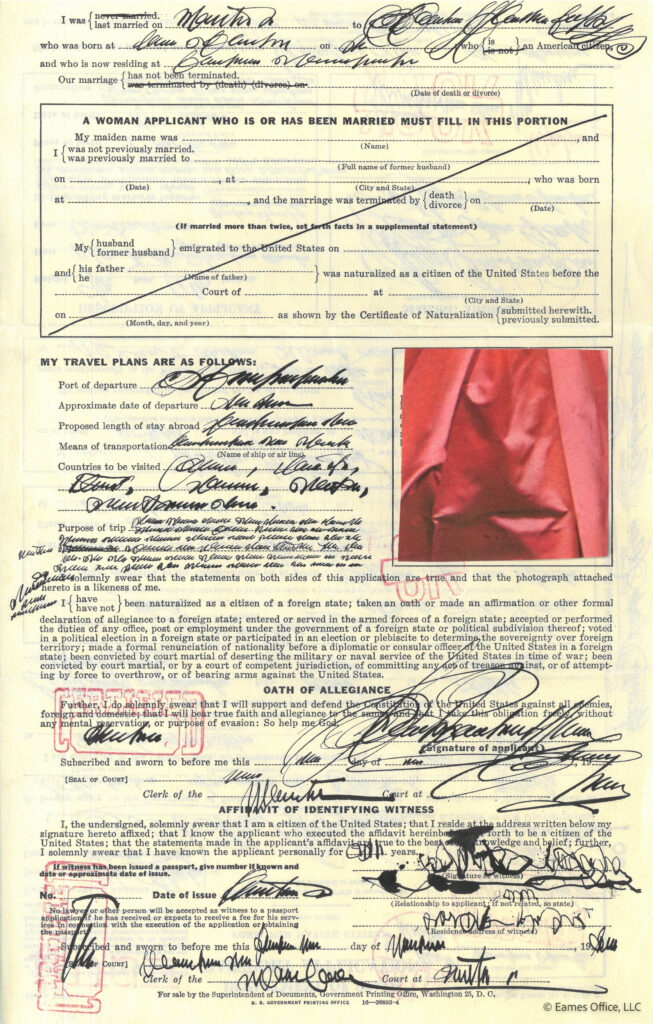
In correspondence with another friend, Steinberg admitted his preoccupation with the thought of potentially misrepresenting California in the January 27th, 1951 issue of The New Yorker. “I’m doing a series of drawings on California. Quite difficult because the reality is too peculiar, as hard to draw as the circus, you must keep making an effort to not fall into clichés.” The finished drawings do not feature Eames designs but include many references of modular, glass-and-steel homes perched along the California coastline—incredibly similar to the industrial Eames House looking over the Pacific Coast Highway. Charles and Ray’s home had just passed its first birthday when the issue was published; it was radical in form and happily far from cliché in the mind of Californians.
From 1951 onward, Saul, Hedda, and the Eameses continued their treasured correspondence and participated in similar cultural events as the years passed, such as the US Pavilion at the Brussels World’s Fair in 1958. They kept circus performing together—even if at a long distance—for the rest of their years.
Written by Kelsey Rose Williams
